Back in 1910, Willi Rickmer Rickmers, a German mountaineer and skier, put forth some prescient rules for descending mountains on skis. And they still hold up.
There are some universal truisms to human powdered snow sliding culture. There’s a thirst for uphilling. There’s a timeless giddiness while descending. And after the descent, as if the DNA codes for it, we glance back and eye the turns.
The next storm will refresh the canvas, erasing wiggles and wide arcing tracks. So you might as well revel in your artistry. But let’s call the glance back at the skied sloped what it is: a-look-at-what-I-did moment—also known as vanity.
Nothing wrong with that. Depending on your ski or riding style, you’ll likely be biased and enamored by what you see.
Dissecting the Turn
Published in 1910, Ski-Ing For Beginners and Mountaineers by W. Rickmer Rickmers, is a classic how-to tome that aims to set all things skiing straight. In other words, according to Rickmers, there is most certainly a right way to make a turn and a wrong way. Further, back in 1910, there seemed to be little room for accommodating a spectrum of turn types. And let’s assume any notion of “freeride” was a century off.

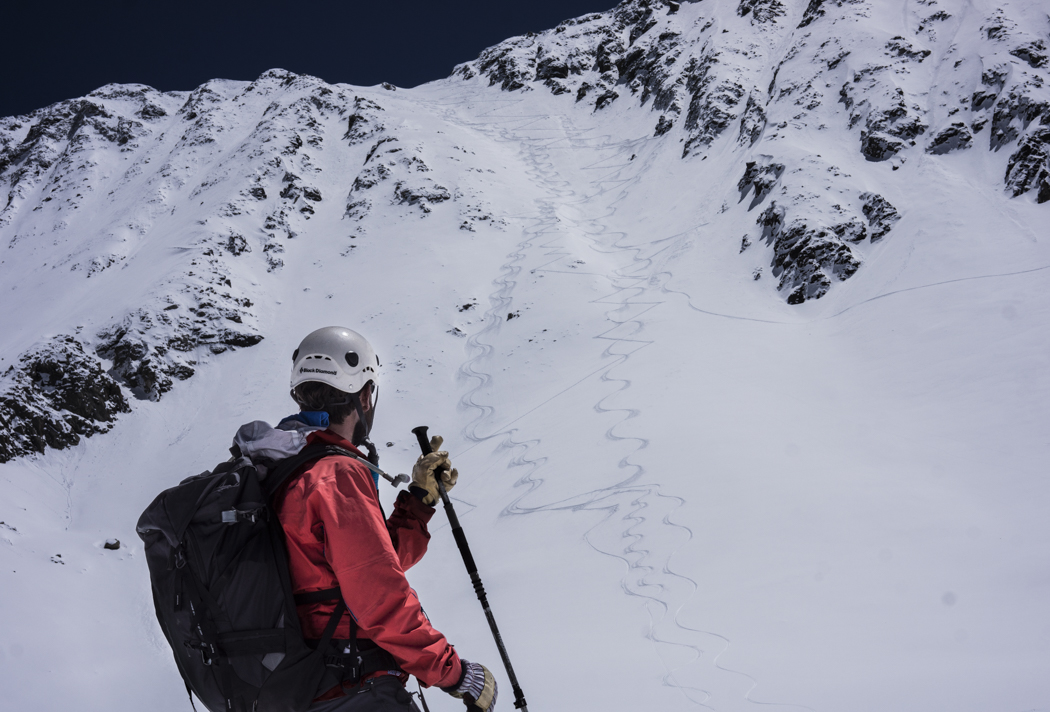
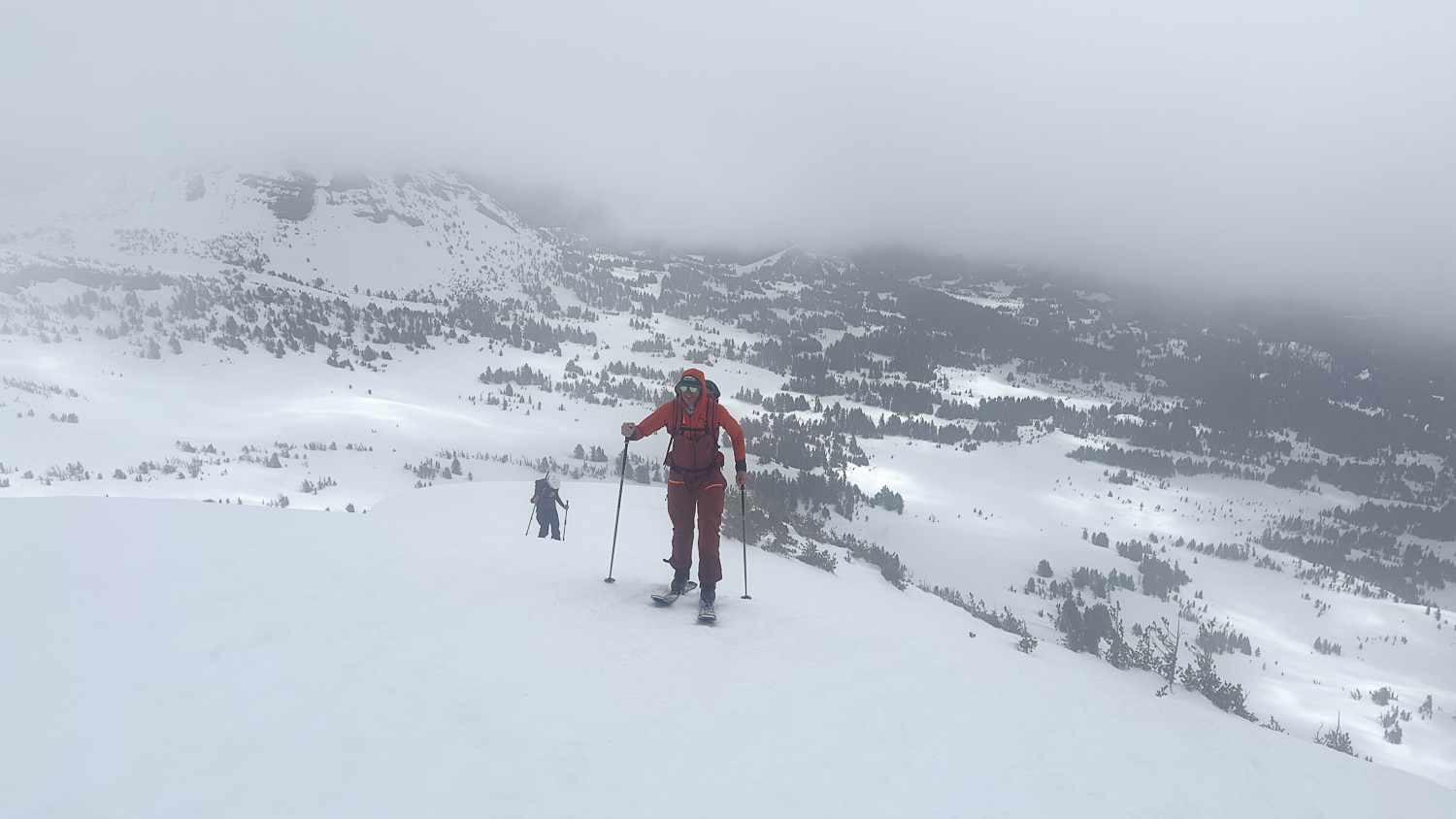
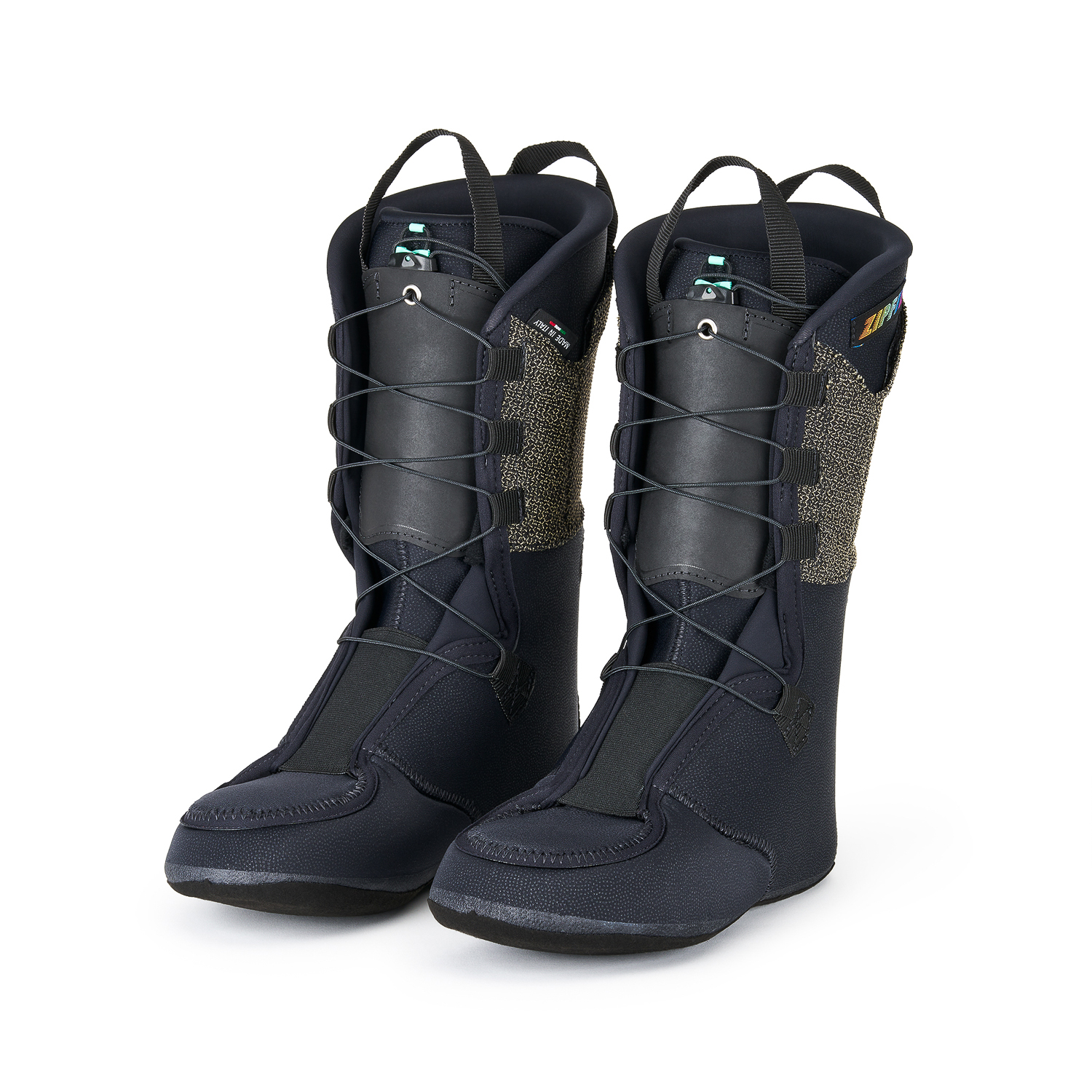
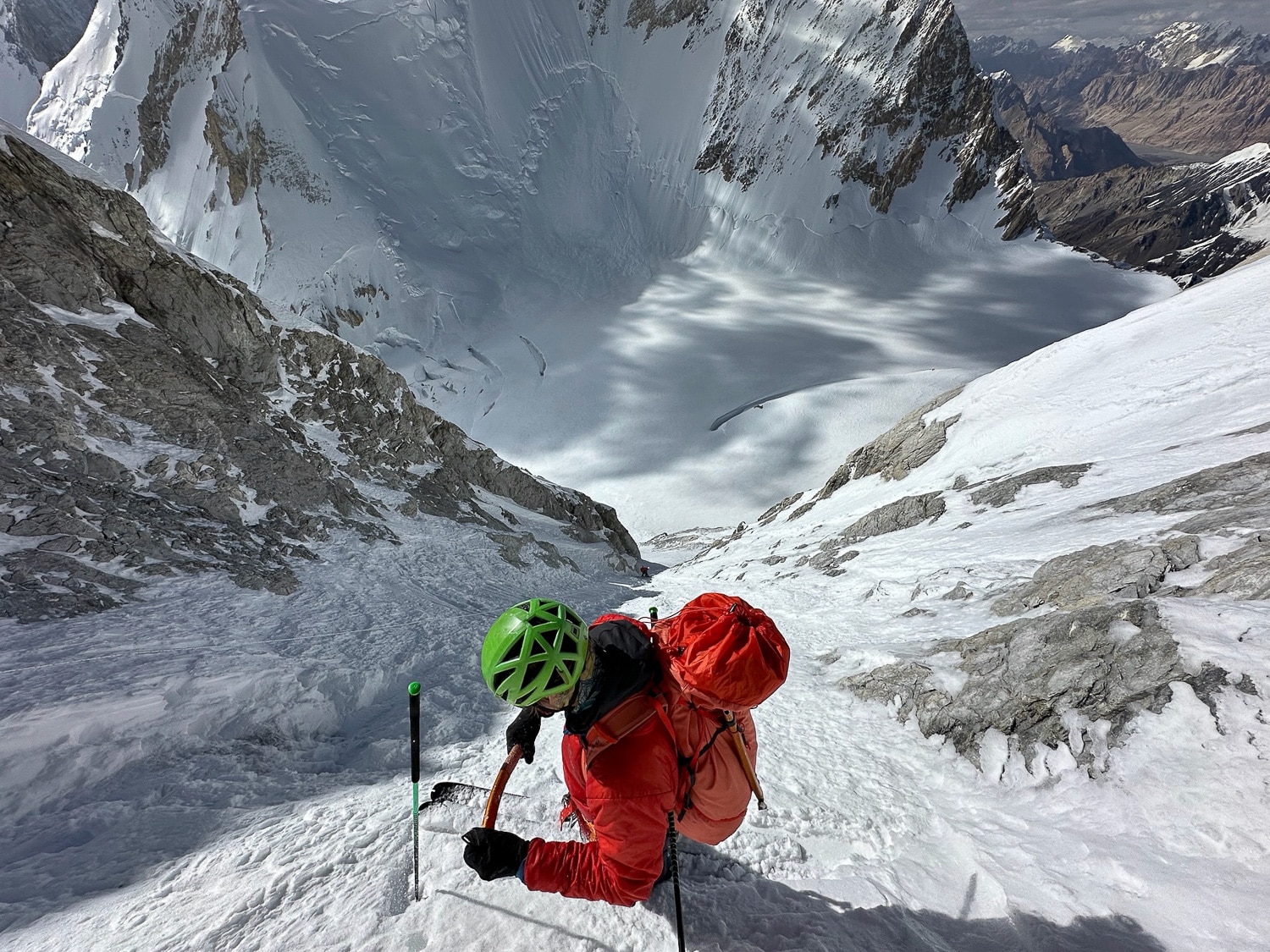
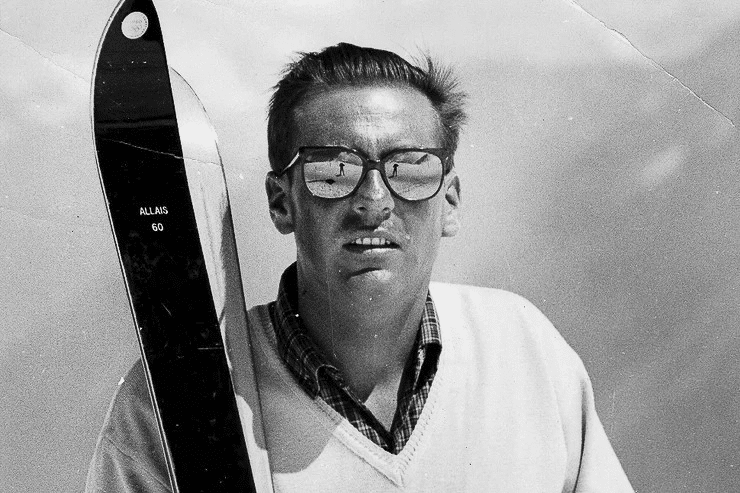
Leave a Reply
You must be logged in to post a comment.